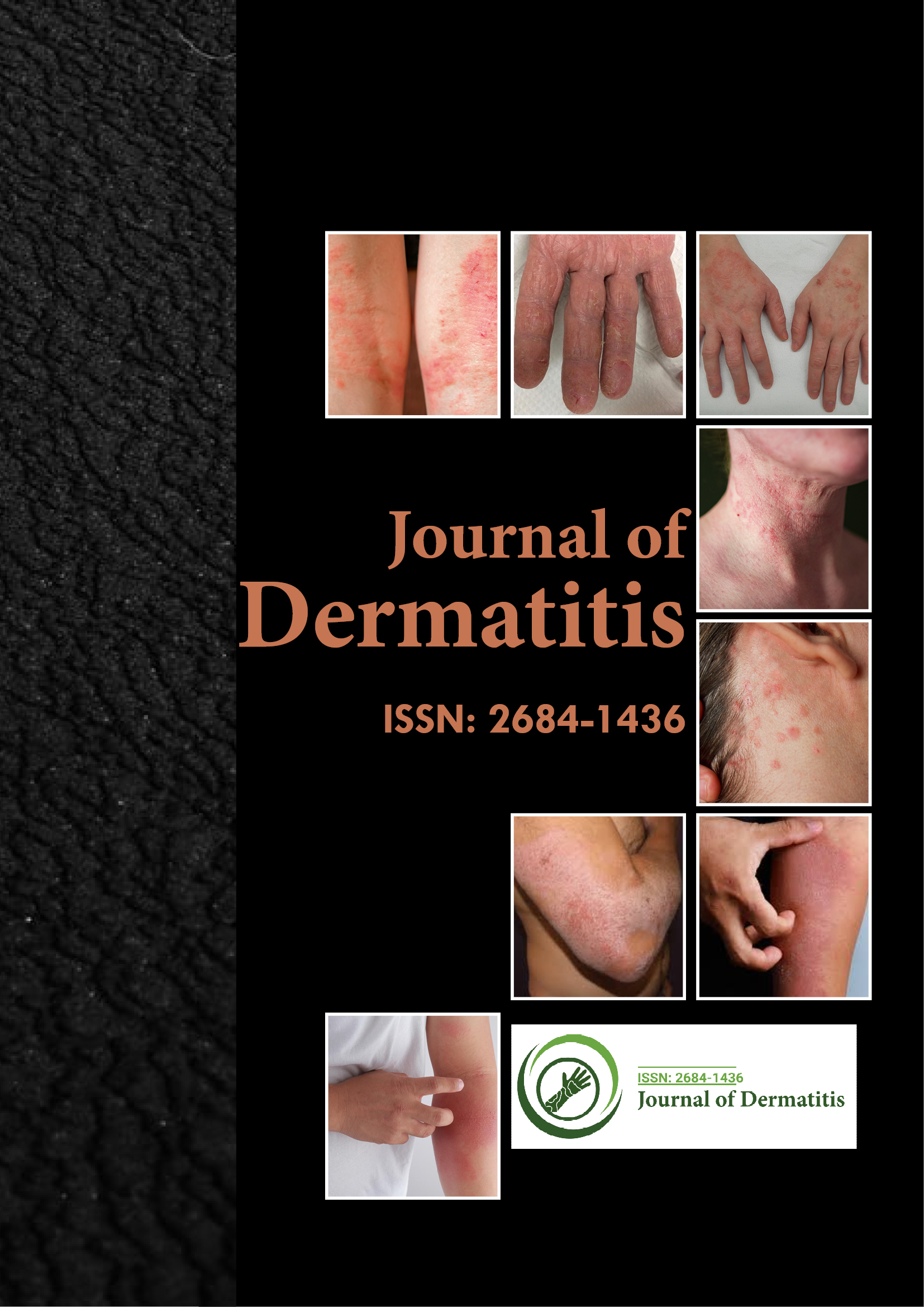Индексировано в
- RefSeek
- Университет Хамдарда
- ЭБСКО АЗ
- Евро Паб
- Google Scholar
Полезные ссылки
Поделиться этой страницей
Флаер журнала

Журналы открытого доступа
- Биоинформатика и системная биология
- Биохимия
- Ветеринарные науки
- Генетика и молекулярная биология
- Еда и питание
- Иммунология и микробиология
- Инжиниринг
- Клинические науки
- Материаловедение
- медицинские науки
- Науки об окружающей среде
- Неврология и психология
- Общая наука
- Сельское хозяйство и аквакультура
- Сестринское дело и здравоохранение
- Управление бизнесом
- Фармацевтические науки
- Химия
Абстрактный
Рандомизированное исследование по оценке эффективности и безопасности 1% крема пимекролимуса по сравнению с 0,05% кремом клобетазола пропионата для лечения детского витилиго
Прити Шарма, Амит Кумар, Амит Ранджан, Дирадж Кумар, Бидиша Рой, Викас Шанкар и Рамавтар Сингх
Цель : оценить безопасность и эффективность местного применения 1% крема пимекролимуса по сравнению с 0,05% кремом клобетазола пропионата для лечения детского витилиго.
Место работы: кафедра дерматологии, медицинский колледж и больница Наланда, Патна, Индия.
Участники: У двадцати двух детей с витилиго были выбраны два симметричных поражения примерно одинакового размера и времени развития. Они были лишены какой-либо местной или системной терапии в течение двух месяцев до включения.
Вмешательства: Лечение очагового витилиго с использованием местного крема 1% пимекролимуса или крема 0,05% клобетазола пропионата в течение 3 месяцев.
Основные показатели результата: Степень репигментации оценивалась по фотографиям на исходном уровне и повторно при каждом посещении через 2 недели. Характеристики пигмента, время ответа, симптомы, телеангиэктазии и атрофия оценивались каждые 2 недели.
Результаты: Восемнадцать (81,81%) из 22 пациентов испытали некоторую репигментацию. Средний процент репигментации составил 35,91% для пимекролимуса и 40,45% для клобетазола. Поражения у 1 пациента, использовавшего клобетазол, представляли собой атрофию, а 2 поражения привели к телеангиэктазиям, пимекролимус вызвал жжение в 2 поражениях.
Выводы: Пимекролимус 1% оказался почти таким же эффективным, как клобетазола пропионат, для восстановления цвета кожи при поражениях витилиго у детей. Поскольку он не вызывает атрофии или других побочных эффектов, пимекролимус 1% может быть очень полезен для молодых пациентов и для чувствительных участков кожи, таких как губы, веки, головка полового члена, и его следует рассматривать при других кожных заболеваниях, которые в настоящее время лечатся топическими стероидами в течение длительного времени.